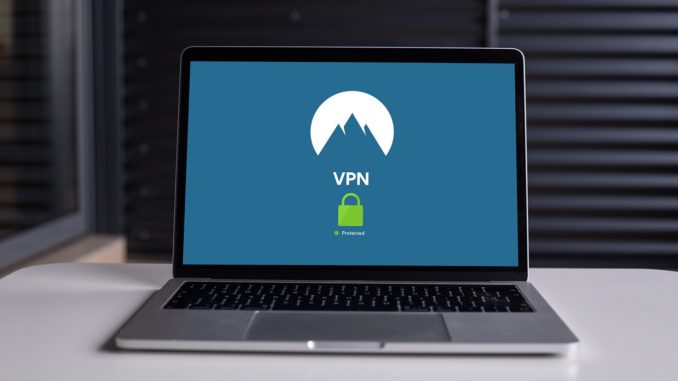
If you set up a Virtual Private Network (VPN), then no matter whether you use a public internet connection, you can securely establish a private network. Now, most of the VPN providers offer special software that helps you to quickly connect the network to the VPN servers.
On the other hand, some of the Virtual Private Network does not come with their own software- such as a corporate network. Now, Windows 10 has an in-build feature that allows you to easily set up a VPN connection. So, are you searching for how to add VPN in Windows 10 computer? Then, keep reading the guide.
What You Will Need…
Before we focus on how to add VPN in Windows 10, you must ensure that you have the following things available.
VPN Service
Though you want to use your Windows 10 device just to manage the VPN connection, still you need a VPN service. There are many services available on the market- like the best iPhone VPNs, the best cheap VPNs and the best Android VPNs. Remember that, the VPN service that you are going to select must be compatible with your Windows 10 device.
Protocol Choice
While you are trying to add the VPN on your Windows 10 device, you might select a protocol from the list. Moreover, your selective protocol will measure the encryption strength. VPNs use different types of protocols. However, OpenVPN, PPTP, SSTP and L2TP/IPSec are the most common protocol that you can use. However, if you are confused, then simply contact your service provider.
How to add VPN in Windows 10?
Do you feel uncomfortable using the VPN software provider provided by the manufacturer or you don’t have a VPN installing software? And, you want to know how to add VPN in Windows 10? Then, these tricks will surely sort out your problem.
1. Get the right login Details
In order to add a VPN connection to Windows 10, at first, you need the right login details. Otherwise, you will be unable to get access. On the other hand, if you want to add the VPN for your private use, then use the details that you have entered while setting up your account. Next, combine this information and create a username and password.
2. Open the Virtual Private Network on Windows 10
If you wish to add a VPN on your Windows 10 computer, then you have to make sure that you are using a Windows account with the correct administration. Basically, the computer owner has the rights, then it can be distributed. Apart from this, in case, you have only a working account, you will automatically get these rights.
Now, go to the bottom left corner of the computer display and tap on the Windows logo. In addition, you must open the Setting app. Within the Settings page, you have to scroll down and from the Context menu, select the Network and Internet option.
Switch to the left side of the screen and select VPN from the list of options. Now, you are ready to connect the VPN with your Windows 10 computer.
3. Add a VPN to your Computer
If you have successfully completed the above two processes, then it’s time to connect the VPN to Windows 10. Check out the below steps-
Step 1
In the beginning, proceed to the top of the screen and click on the Add a VPN Connection option. Instantly, you will see a blue screen. Under here, you have to enter the VPN provider’s details.
In some countries, you might have to select a VPN provider from standard providers. Head to the Connection name and give a recognizable name to the VPN connection. Let’s take an example, in case you wish to add a VPN only for work purposes, you can give the name as ‘VPN connection work’.
Step 2
Move to the Server Name, you have to type the server URL or IP address of the VPN server. Your connection provider will provide you with this information. Then, switch to the VPN type tab and under here, select the protocol type that you want to use. Also, in many cases, the protocol can automatically be selected.
Step 3
Now, you should open the Type of sign-in information page, and then choose the way you want to sign in. Many people prefer to log in by using a username and password. On the other hand, some user login with a certificate or smartcard. Remember that, you have to fill up the essential sign in details, under the username and password.
Now, keep in mind, don’t ever use login information, in case you use a public computer. So, intruders will be unable to use your computer, as well as your data stays protected, only then save your private information.
4. Connect VPN to the VPN Server
Again head to Settings. Then, by using the Settings menu, from the list, you can choose the VPN connection, as well as connect it to the Server. For additional security, you can also set up a proxy server.
8 Best Practices for Building a Secure Internet Business
Moreover…
Hopefully, you will be able to successfully add the VPN to your Windows 10 computer. However, if you believe setting up a VPN can be a challenging task, you can always take expert advice.